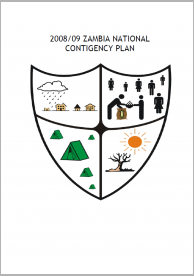
This contingency plan covers the planned activities to be undertaken in 2008/09 rainy season with scenarios for the likely occurrence of floods based on the Zambia Meteorological Department (ZMD) rainfall forecasts.
The following is a list of all conten labeled as "Health & Health Facilities"

This contingency plan covers the planned activities to be undertaken in 2008/09 rainy season with scenarios for the likely occurrence of floods based on the Zambia Meteorological Department (ZMD) rainfall forecasts.
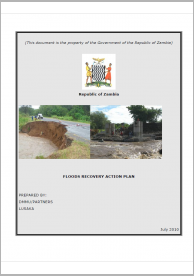
Recovery Action Plan with specific activities and costing that result from the proposed recommendations in the 2009/2010 In-Depth Vulnerability and Needs Assessment Report that was undertaken in 17 districts.
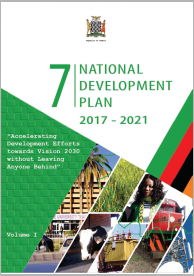
The Seventh National Development Plan (also known as 7NDP) was born out of Zambia's aspiration to be a prosperous middle-income country by 2030. To achieve this aspiration, it is imperative that the country articulates the processes, interventions and actions that will propel development towards this desired state.
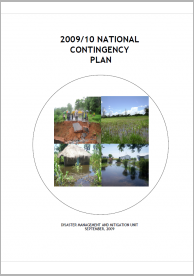
This contingency plan covers the 2009-2010 rainy season with the likely scenario of having floods as a hazard. This scenario is based on the 2009-2010 rainfall forecast for the country obtained from the Zambia Meteorological Department (ZMD). It anticipates that a total population of 713,193 people (118,866 households) residing in 43 districts are likely be affected by floods.
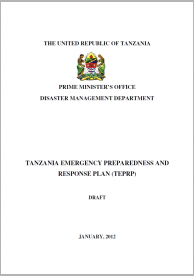
The TEPRP is a Multi-Hazards functional plan that sets forth appropriate actions to be taken in response to an emergency or major disaster including potential or imminent threat of any event. The TEPRP aims to facilitate the coordination for the delivery of resources and services necessary to deal with the consequences of an emergency or major disaster.

The INDCs are guided by the principles of the United Nations Framework Convention on Climate Change, and when identified will:
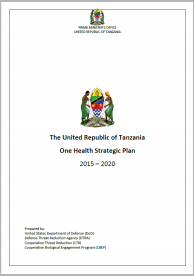
This strategic plan is a whole-of-government guiding document aimed at summarizing operations and activities among various stakeholders.
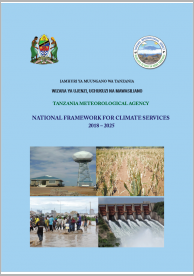
This National Framework for Climate Services underline the necessity of increased political support and institutional collaborations, the urgent need for enhanced weather and climate services delivery to end users, improved access to weather and climate services for agriculture (crop production and animal husbandry), health, and water resources sectors; and disaster risk reduction.
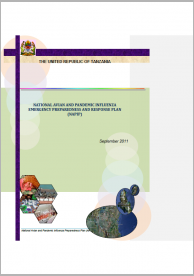
The National Avian and Pandemic Influenza Emergency Preparedness and Response Plan (NAPIP), revises, updates and replaces the National Avian Influenza Emergency Preparedness and Response Strategic Plan (EPRP) of 2006/7-2008/9 which articulated measures for prevention of introduction or spread of Highly Pathogenic Avian Influenza (HPAI) in United Republic of Tanzania.
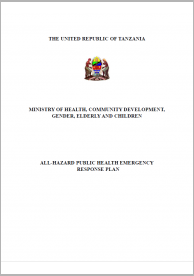
The goal of this plan is to have an effective, efficient and well-coordinated health sector all hazards response system that will lead to reduction of mortality, morbidity, and disability.